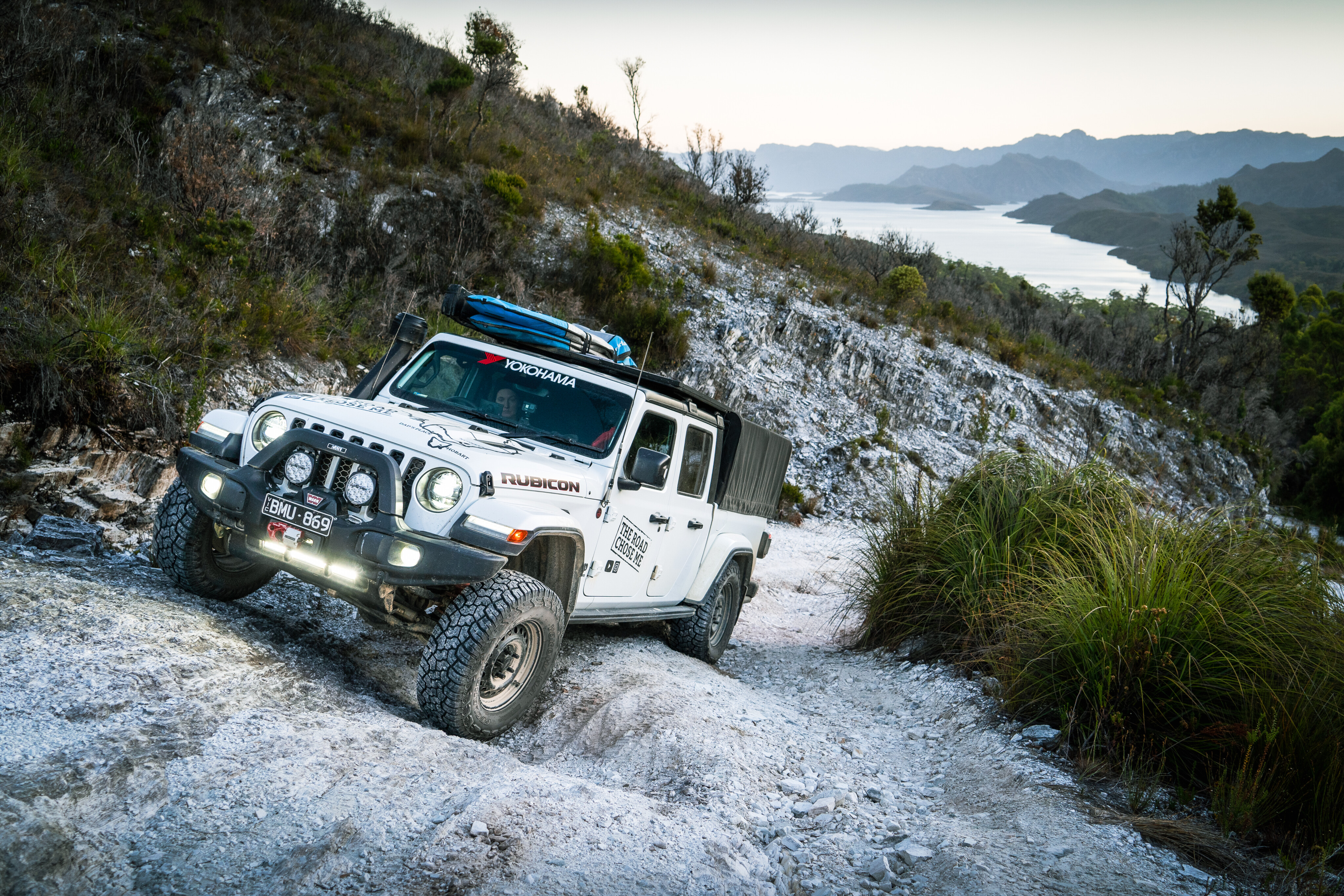
At just 68,000 square kilometres, Tasmania makes up less than one per cent of the landmass of Australia and because it’s so tiny I honestly thought about giving it a miss.
I was fixated on the bigger and more impressive destinations on the mainland, and I figured a little out of the way island wouldn’t have much for me.
For decades Tasmania has been the brunt of many bad jokes on the mainland, but a little research reveals that this little island contains some of the last great wilderness in all of Australia, including mountain ranges blanketed in snow for many months each year, stunning white sand beaches and genuine old growth forests that contain some of the oldest trees on the planet.
Not to mention the number and variety of wild animals crawling, swimming and hopping all over the island. With hundreds of kays of remote tracks to explore and hardly any people around to hamper the views, suddenly this little island caught my attention.

Into Tasmania
I was full of excitement and nervous energy as I drove into the belly of the enormous Spirit of Tasmania, which would be home for the next 10 hours as we crossed the often menacing Bass Strait from Melbourne to Devonport.
After exploring high and low all over the ship I barely made it back to my seat just as the worst of the rocking and rolling began, and I actually had to push off walls and tables in an attempt to walk in a straight line.
Fearing the worst I downed a couple of motion-sickness tablets which knocked me right out, and I woke just before dawn as we slowly drifted into the mouth of the Mersey River, with the picturesque city of Devonport perched on the far bank.
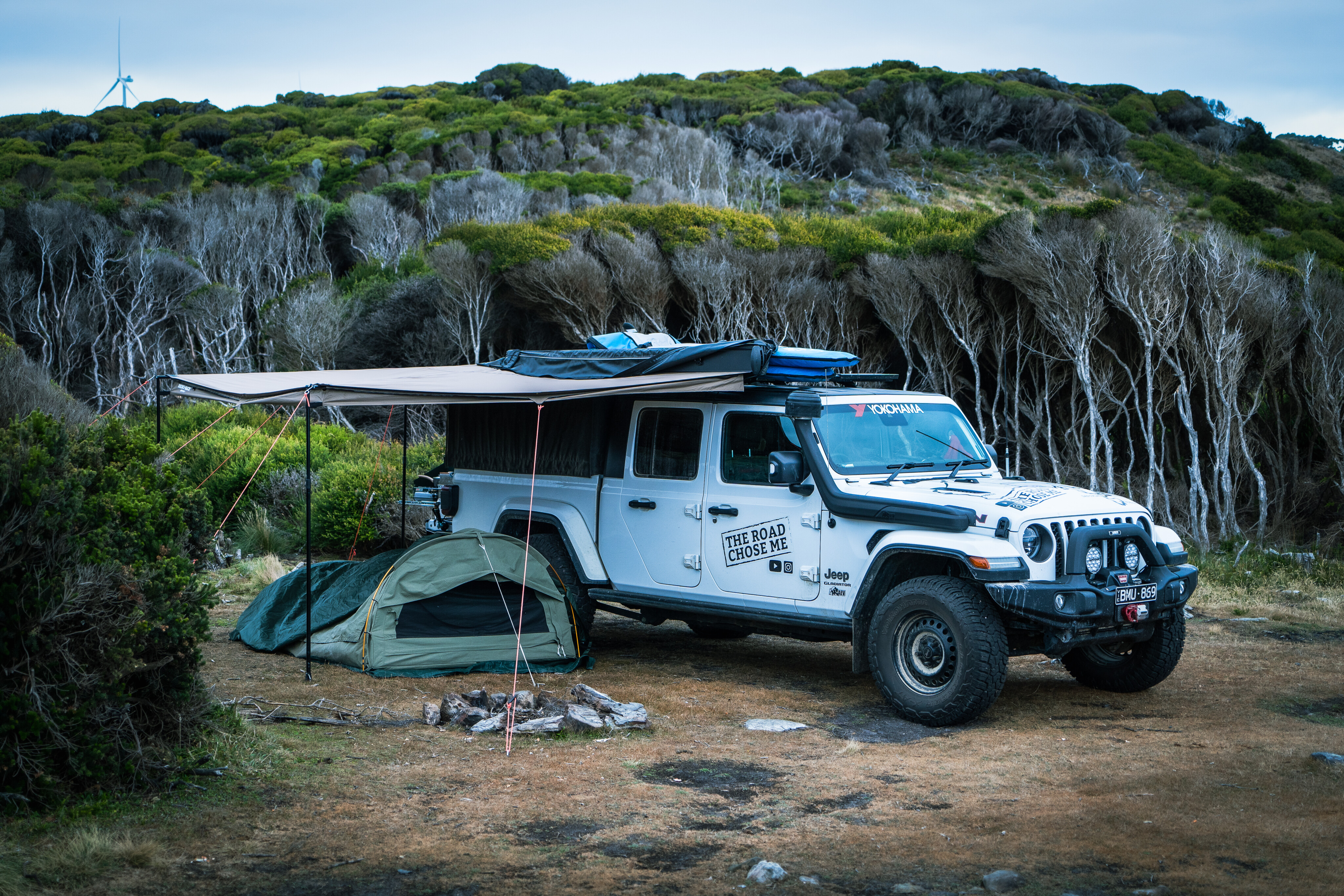
Within hours of landing we found ourselves walking alongside a beautiful little creek, and we even spotted a beefy platypus on our first day on the island.
On our second day we spotted another, and by the third day I’d seen more of these strange little creatures in Tasmania than over the course of my entire life.
During our first week we quickly learnt Tasmania is an utter paradise for touring in a 4x4. In stark contrast to Victoria and New South Wales, there are free campsites dotted all around which provide clean toilets and sometimes even showers.
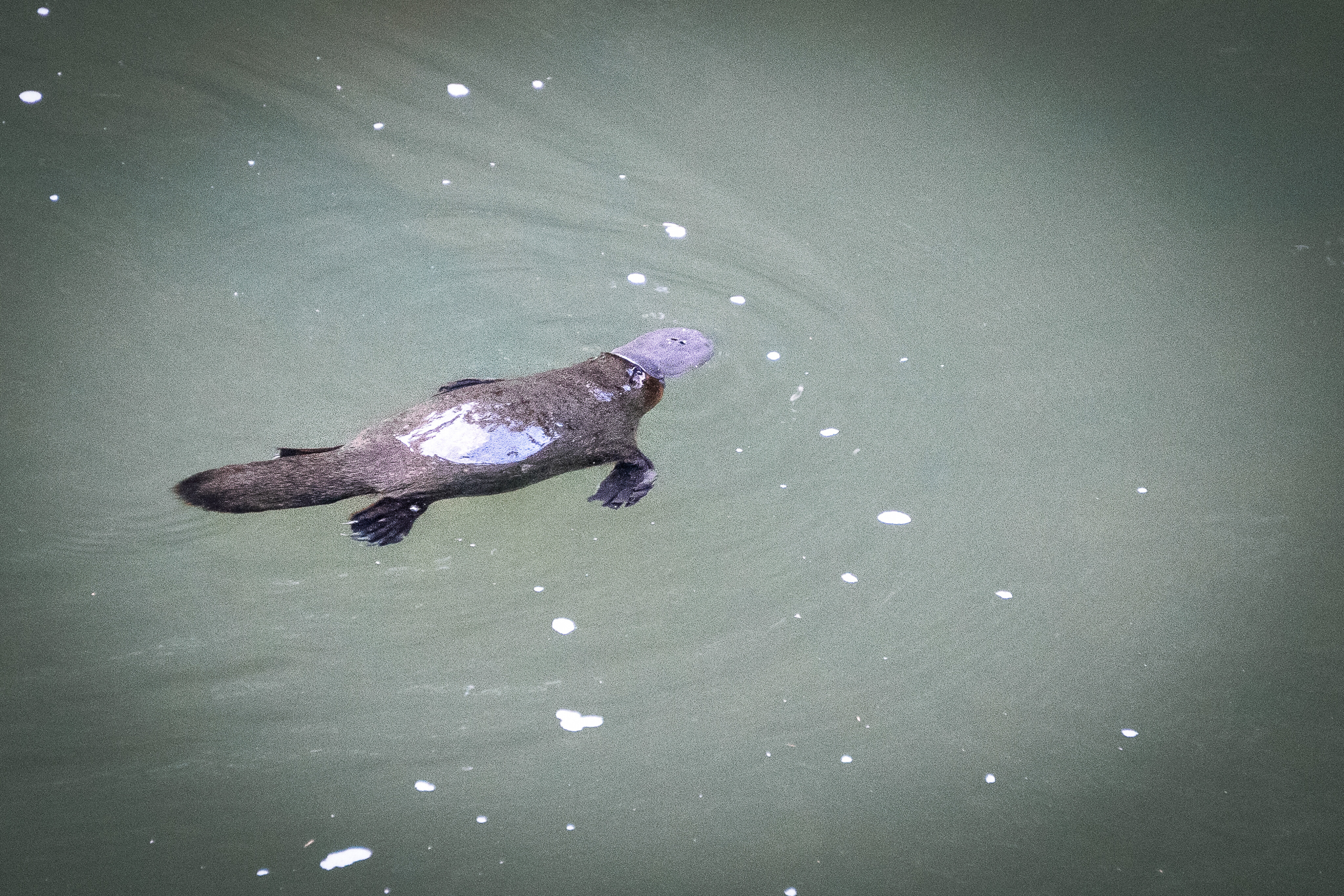
While I had been expecting the coastline to be formed predominantly of rugged rocks and dramatic cliffs, the famous Bay of Fires on the east coast features dozens of stunning white sand beaches and crystal clear water, absolutely ideal for swimming and surfing.
The ocean was also not nearly as cold as I had been expecting, and with a wetsuit we had no trouble surfing for an hour without feeling the cold.

Lake Pedder Wilderness
A highly controversial system of hydroelectric dams was constructed in the immense southwest wilderness in the early 1970s, an area that at the time was the poster child for the conservation movement across Tasmania and the rest of Australia, leading to the election of Bob Hawke as Prime Minister in 1983, the first politician to run on a platform of conservation.
The series of dams that were built resulted in the creation of the enormous Lake Pedder, and the damming of the once wild and mighty Gordon River.
Although I feel somewhat conflicted about the enormous impact the dams have had on the region, there is one lasting critical piece of infrastructure that meets my needs: gravel roads deep into the otherwise inaccessible wilderness.

Before 1970 this enormous expanse was impossible to access by vehicle, and to this day, fly-in hiking and wilderness fishing trips are a daily occurrence due to the vastness of the wilderness.
The few gravel roads used in the dam construction are now open to the public, which allow us to explore literally to the end of the road in multiple stunning locations while rarely seeing another vehicle. We camp, hike and explore the entire area in our Jeep, with nights dropping to almost freezing, even during January, the warmest month of the year.
At more than 140m high the very impressive Gordon River Dam lays claim to being the tallest in Australia, and walking across the wall invokes a very strong feeling of vertigo.

As with most things in Tasmania, there is no security nor restrictions of any kind, and we were free to wander around as we pleased, up and down staircases and across the dam wall to the far side.
Tasmanians are free to make their own choices about personal safety, and I find it a very refreshing change after the nanny-state mainland with its abundance of warning signs and rules.
Leaving the area I spotted a tiny gravel road that climbs steeply up the side of a mountain, and I knew we were onto a good thing. At the top we found a stunning place to wild camp for the night, with only the full moon to keep us company.
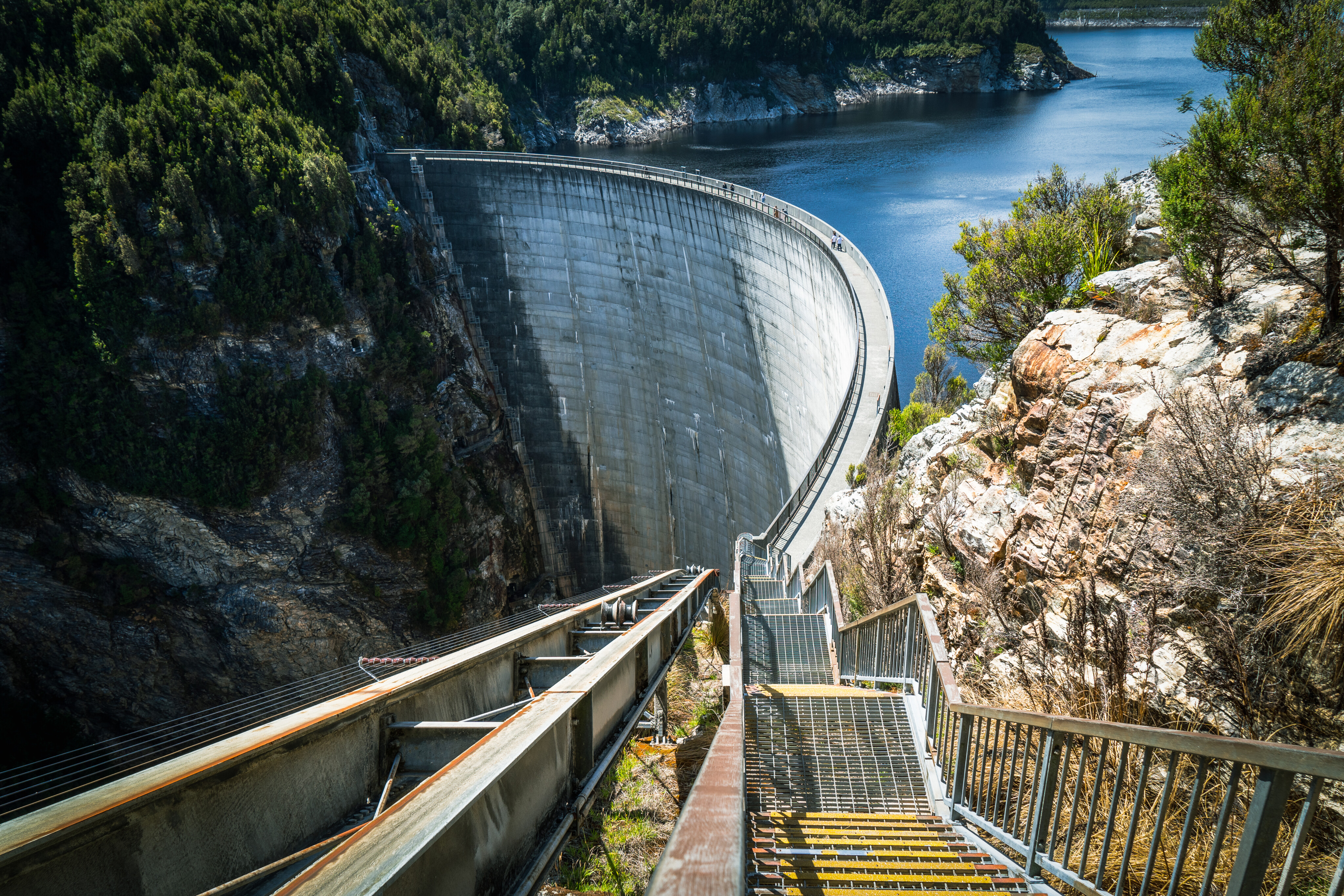
The Road To Nowhere
Moving north we spent almost a week on the infamous ‘Road to Nowhere’, the one and only road that slices through the Great Western Wilderness of Tasmania.
This gravel road sees very little traffic and requires the use of a tiny cable ferry across the Corinna River, which is considered way too deep to construct a bridge.
Late in the afternoon we found a clearing to make camp with stunning views over an alpine valley to enormous mountains in the distance.

The weather closed in fast, and soon we had every rope and peg employed to stop our awning and all walls from blowing away in the sudden gusts of wind Tasmania is famous for.
Even in the middle of summer we were soon wearing all our cold-weather gear from Canada, and it was a struggle to stay warm.
I can only imagine this place in winter, and we made a promise to return one day to enjoy the snow-capped peaks.
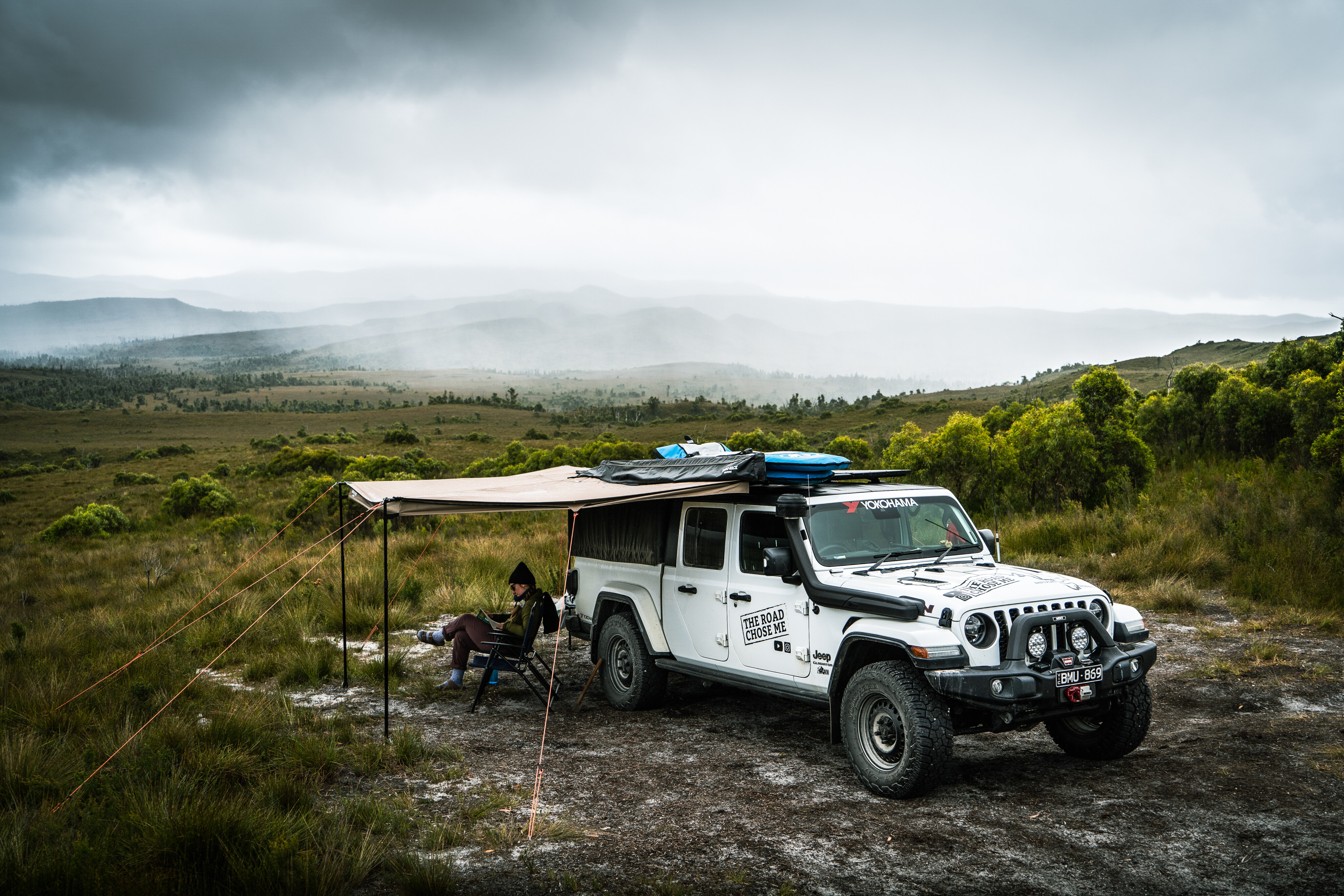
Sandy Cape Track
The western coastline of Tasmania is infamous for gigantic ocean swells, and in fact some of the biggest waves ever surfed in the world have been right on this coastline.
Deep in the Arthur-Pieman Conservation Area, the infamous Sandy Cape track is well known for claiming multiple vehicles every year, and while buying an access permit at the ranger station I paid particularly close attention to the wall of shame, covered in dozens of photos of vehicles lost to the raging and unforgiving tides.
The friendly park ranger was all too happy to explain the situation and gave multiple warnings of the very real consequences of bad decisions. Water flowing onto the beach from numerous rivers and creeks causes beach sand to become exceptionally soft and dangerous, and in places it forms literal quicksand.
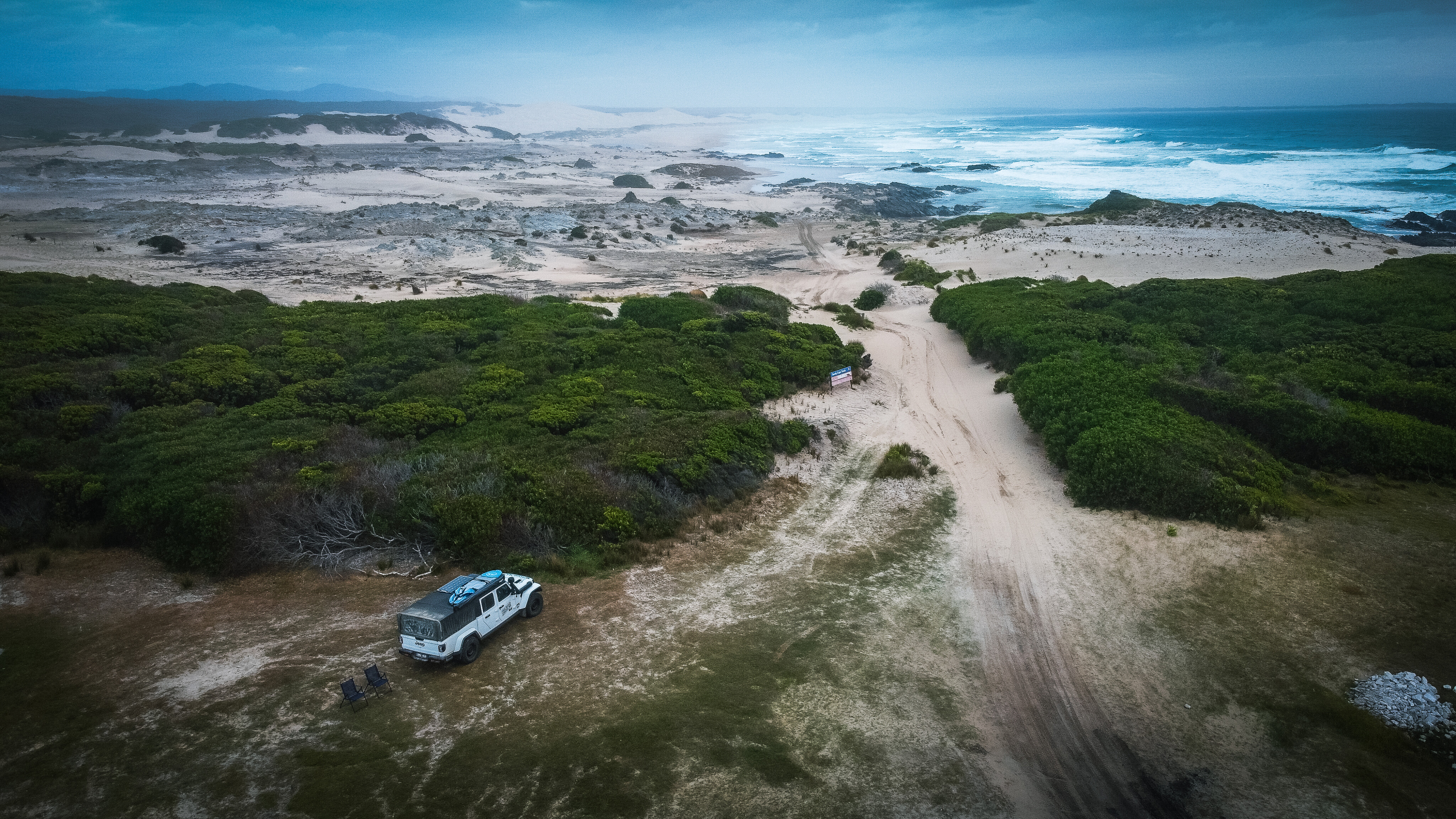
Once vehicles become stuck fast in the sopping sand it’s only a matter of minutes before they can be inundated and destroyed by the crashing waves, a fate I’m very keen to avoid in my house-on-wheels Jeep.
Leaving the little town of Arthur River the track starts with a beach drive, and we slowly made our way South towards Sandy Cape. The area is completely deserted, and while enjoying the early morning sunshine we alternated between beach and gravel track driving, elated to have the whole place to ourselves.
After lunch we arrived at the first major obstacle, Brooks Creek. In years past this crossing has not been much to speak of, though recent king tides have dammed the creek, creating a crossing roughly a hundred yards across that is deep enough to require a much closer inspection.
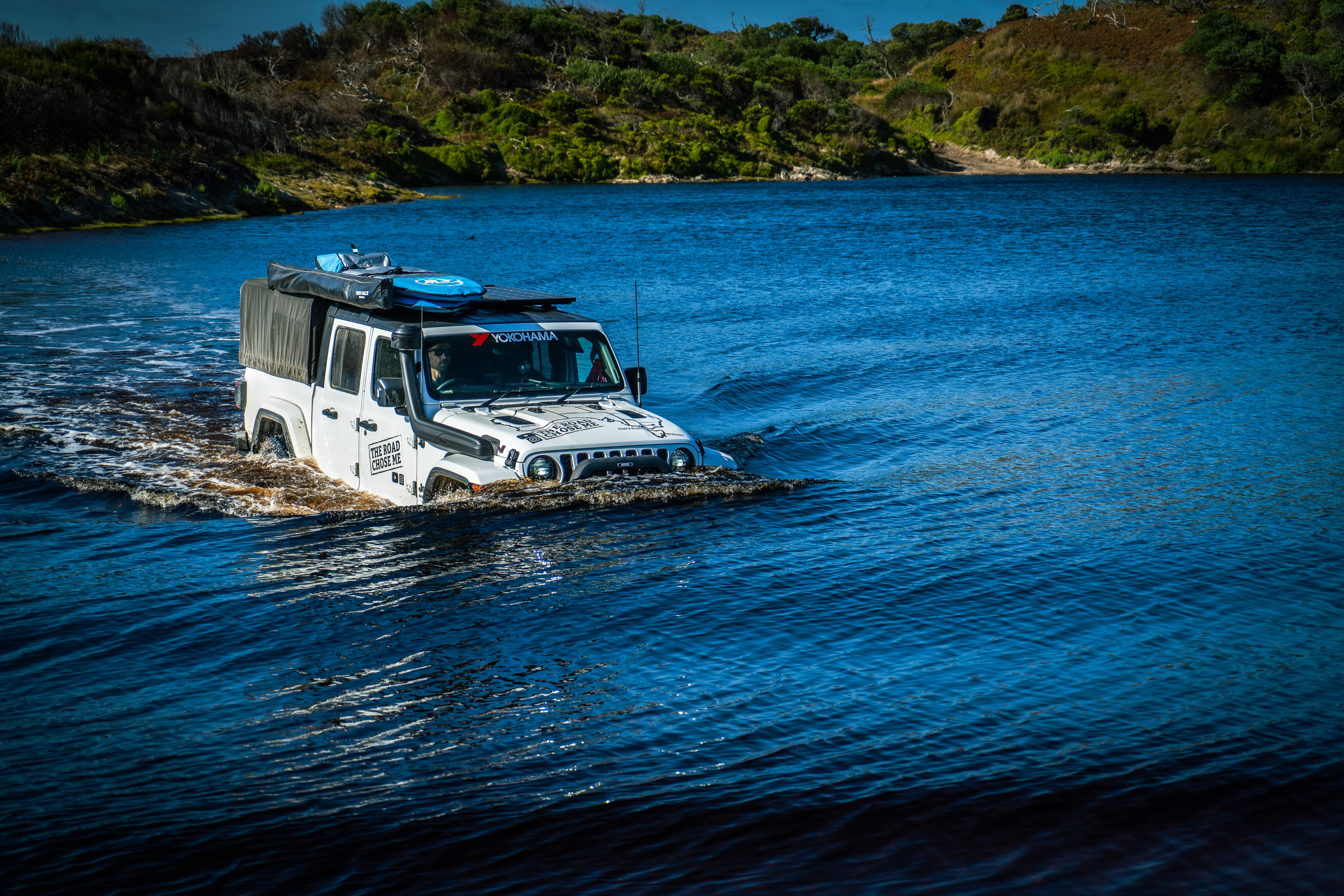
Unsure of the bottom and depth in the brackish water, I walked all the way across, and was happy to find a mostly firm and rocky base.
Comparing the water line on my shorts to the height of the Jeep, I saw that water shouldn’t come over the bonnet, so I decided to make an attempt.
I always prefer the slow and steady approach, but I was happy to create a good bow wave to help propel me forward and make sure I didn’t stop in the deep water that almost covered the front grill.

We continued south for another 30 minutes and arrived at the beginning of the final beach run just before dusk, so we decided to make camp in yet another deserted paradise, right between the ocean and the stunning sand dunes.
After agonising over the decision all night I decided not to tackle the beach section alone, wary of quicksand at each river crossing.
With no other vehicles arriving on scene we turned back, happy to have explored this far into the wilderness, and also happy to have made smart decisions that would allow us to explore another day.
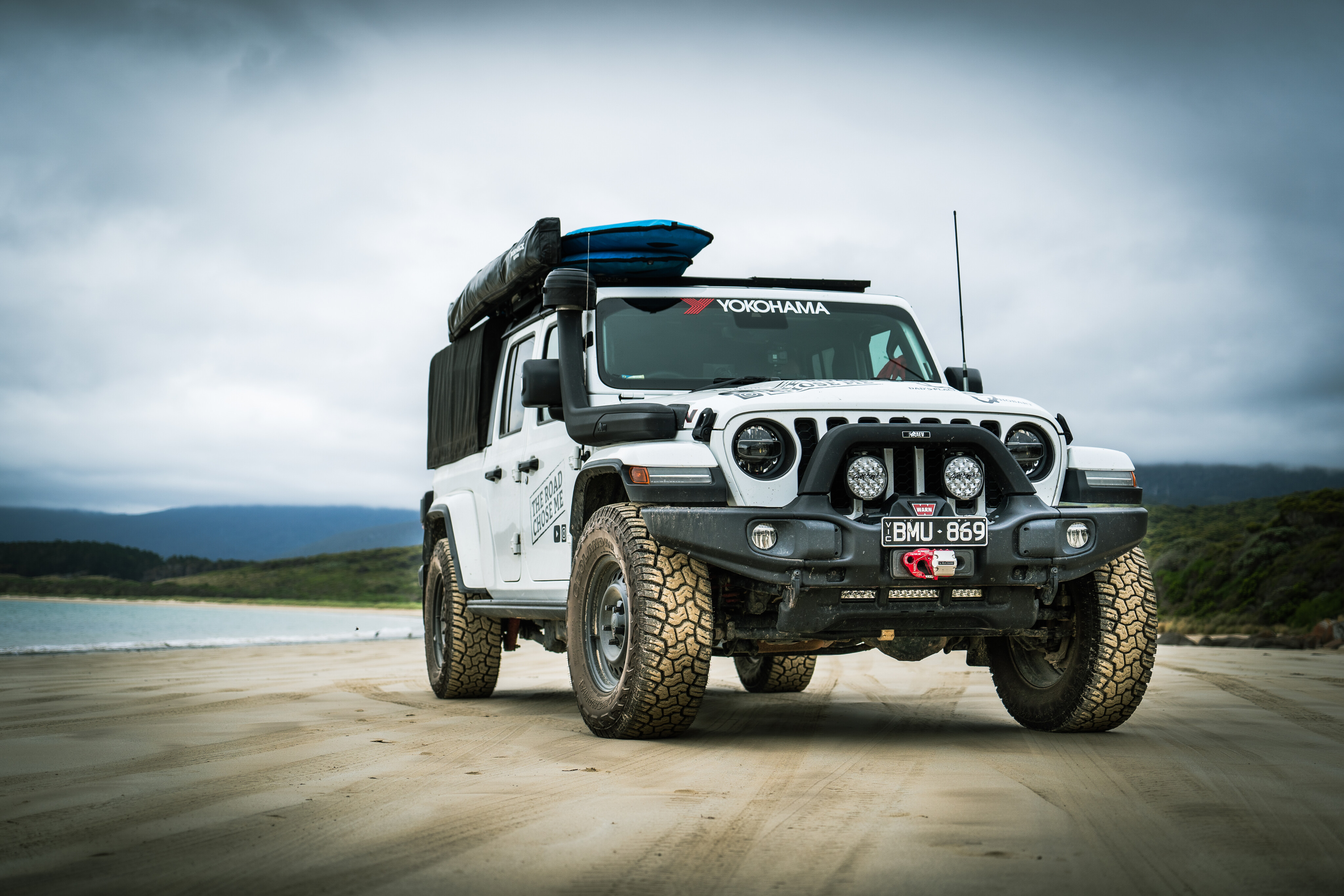
Wild Tasmania
Slowing down to the pace of Tasmania felt like the right thing to do, and we spent a week in the immense wilderness on the west coast, exploring countless mountain tops, lakes and rivers.
Tiny logging and mining exploration roads dot the landscape, providing endless opportunities to roam in the Jeep and camped where we pleased.
With more than 40 per cent of Tasmania reserved as UNESCO World Heritage or National Park, and very few people about, wild critters seem to outnumber humans 10 to one. During our exploring we saw countless wombats, kangaroos, wallabies, echidnas and handful of platypuses.

I got a shock when I spotted a wild Tasmanian devil running across the gravel road in front of the Jeep. Sadly their numbers are rapidly falling, but there are still a few getting around.
Late one evening an eastern quoll payed a visit to our wild campsite and darted around the swag and Jeep for 10 minutes so we could get a great look at it.
Because there are no introduced foxes in Tasmania, this is one of the last places eastern quolls can be found in all of Australia.

Tasmania the Terrific
While exploring the far corners of the world I have repeatedly found the most out of the way places are the most beautiful, and the people are often the most quirky and interesting.
While those who live in urban centres around the globe often put on a face every day and pretend to be something they’re not, those who live in out of the way places are unashamedly themselves, warts and all.
In my experience these people are more genuine, more honest and universally much, much happier.
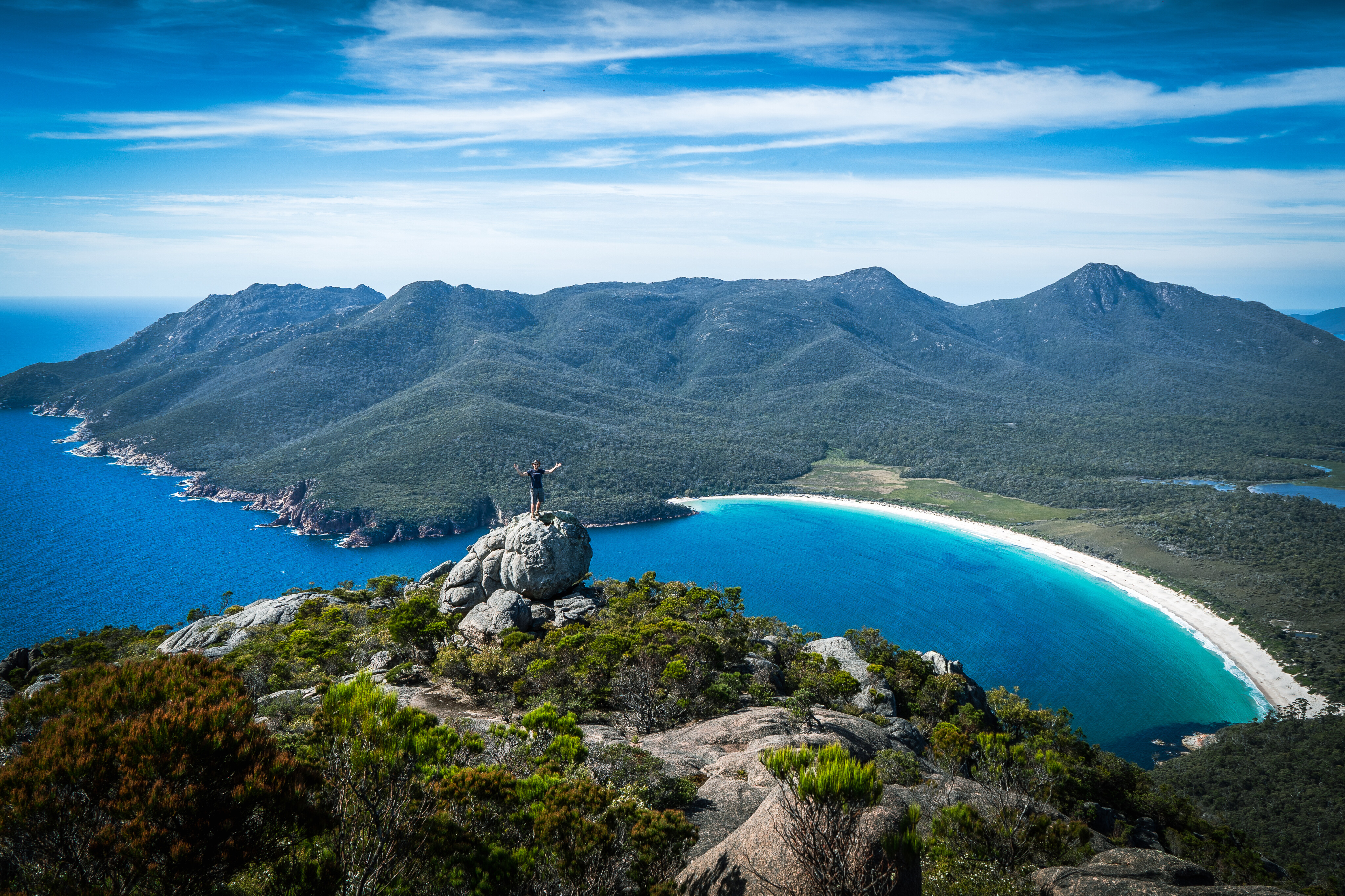
During our 10 weeks exploring Tassie this once again proved true, with oddball locals leaving a lasting impression.
After experiencing all it has to offer first hand, I can’t help but wonder if Tasmanians themselves came up with some of the rumours and jokes about their island state to keep mainlanders away.
With stunning wilderness, an abundance of wildlife, super friendly and laidback locals and plenty of open spaces to roam free, I’d be protective of this magical little island paradise too.

COMMENTS